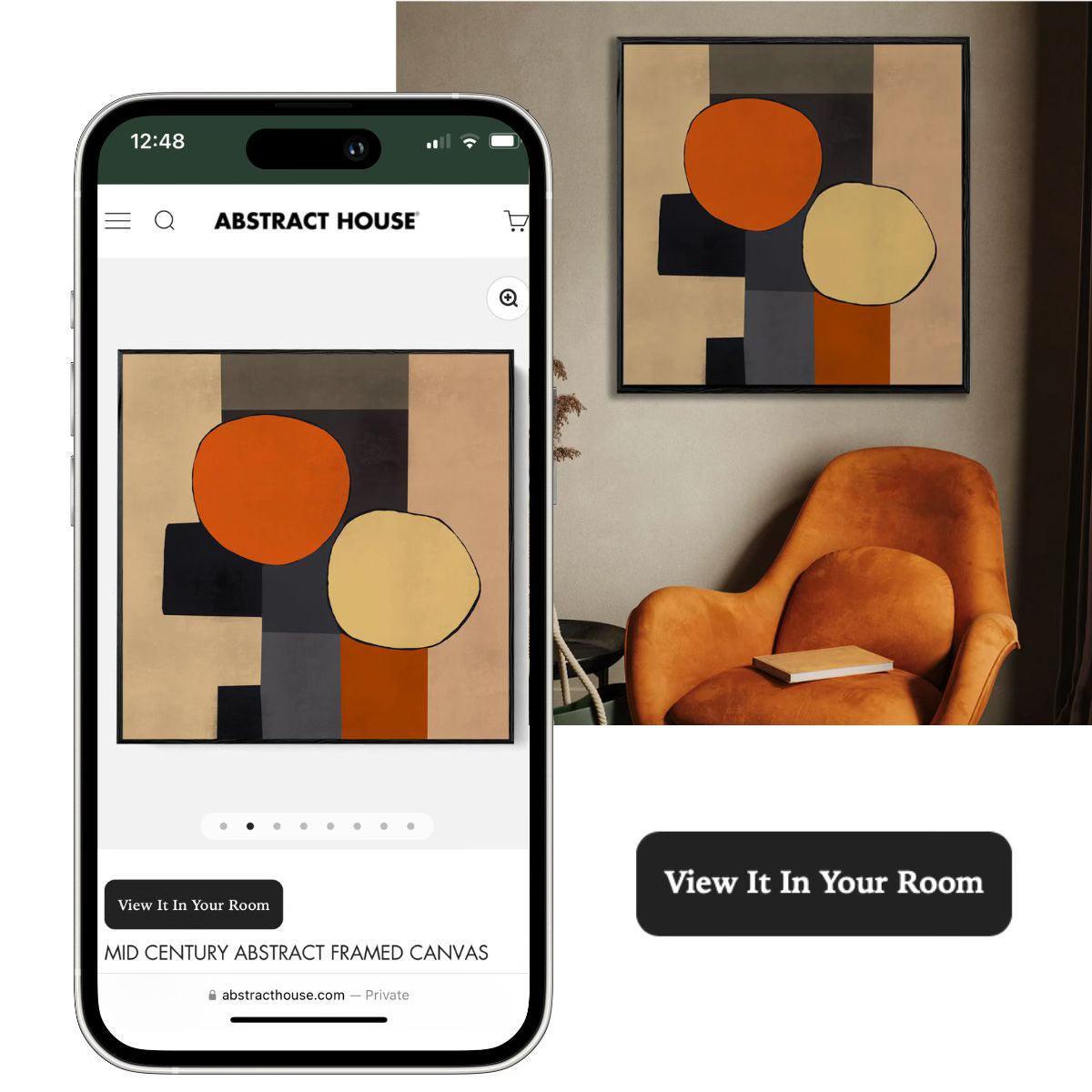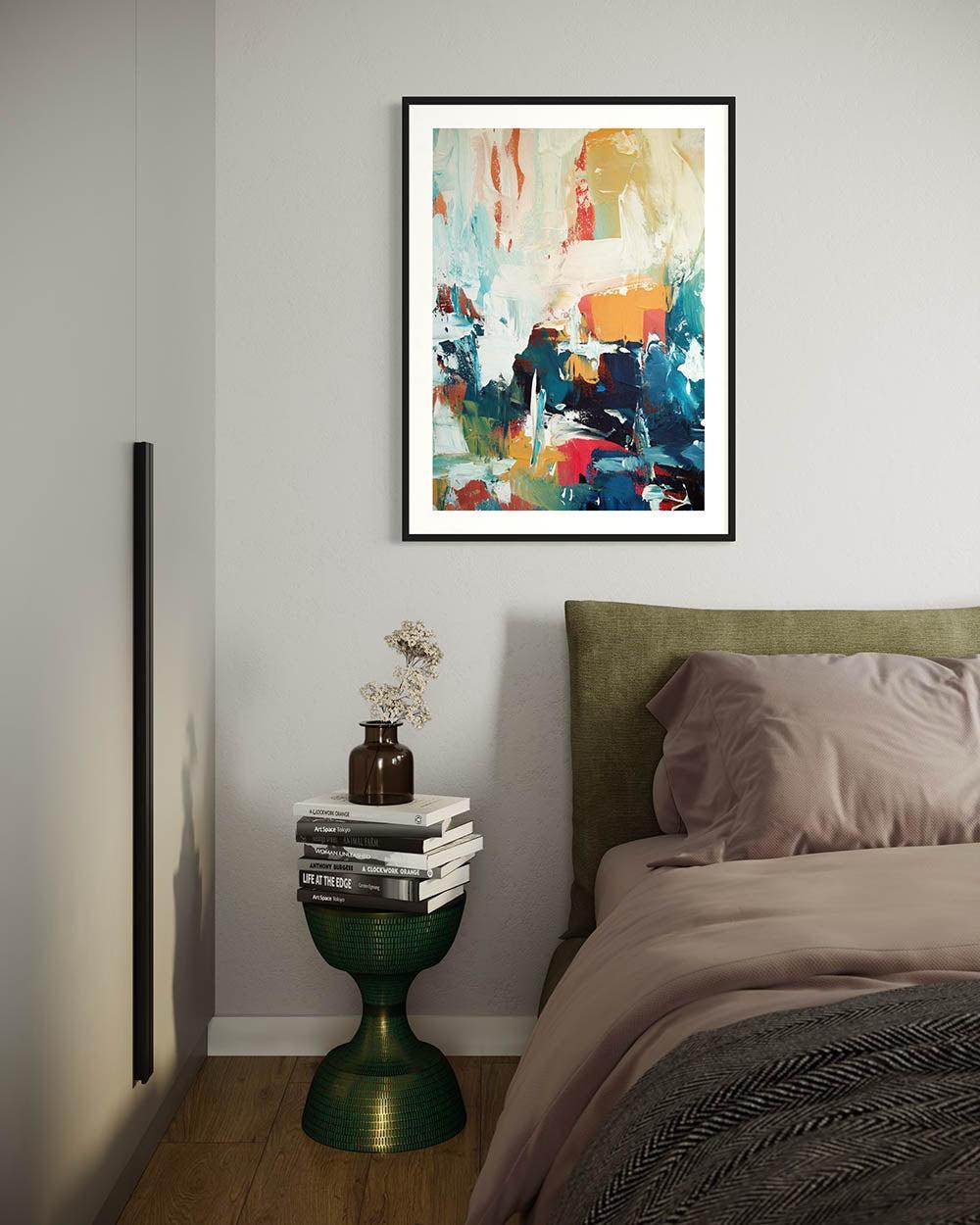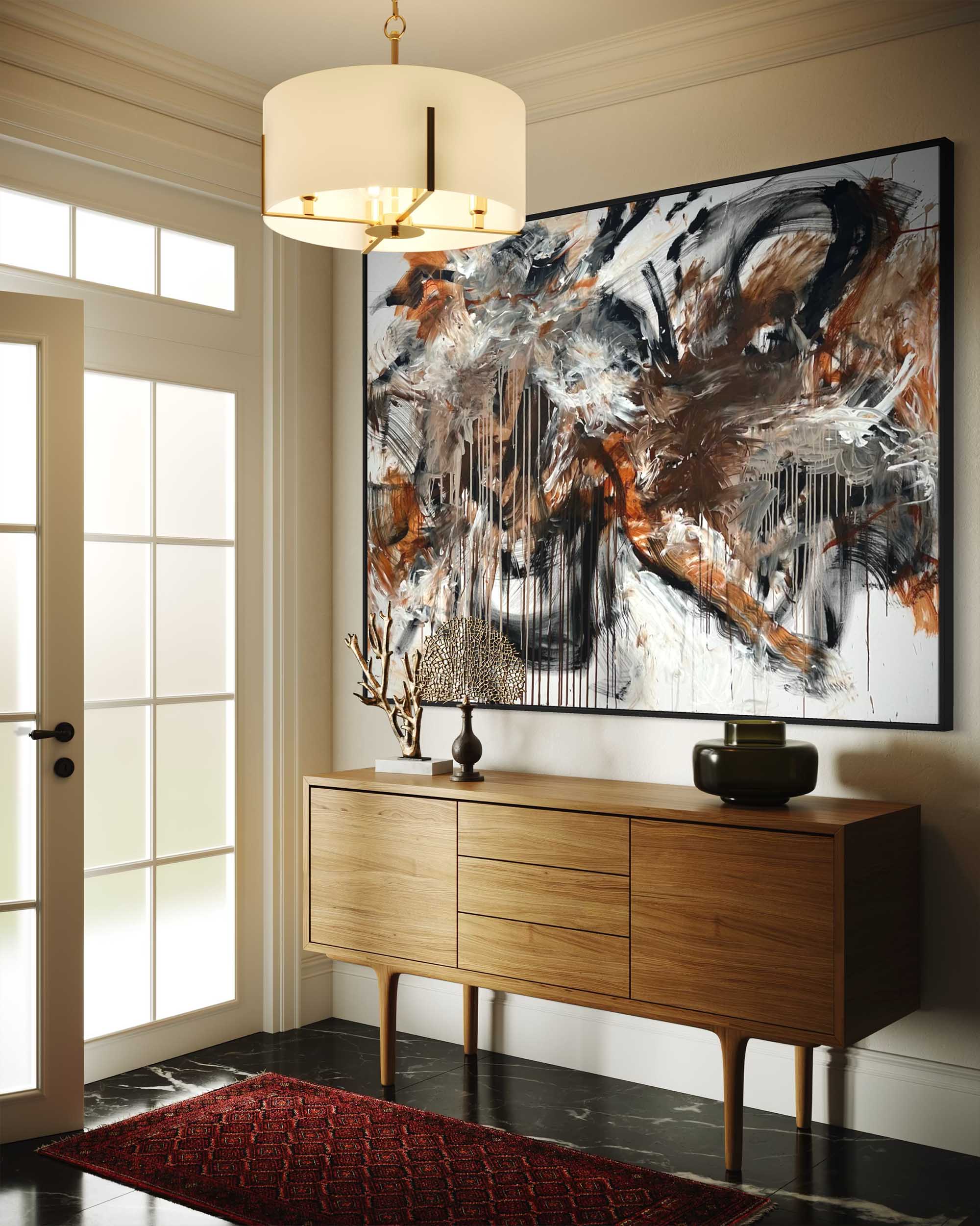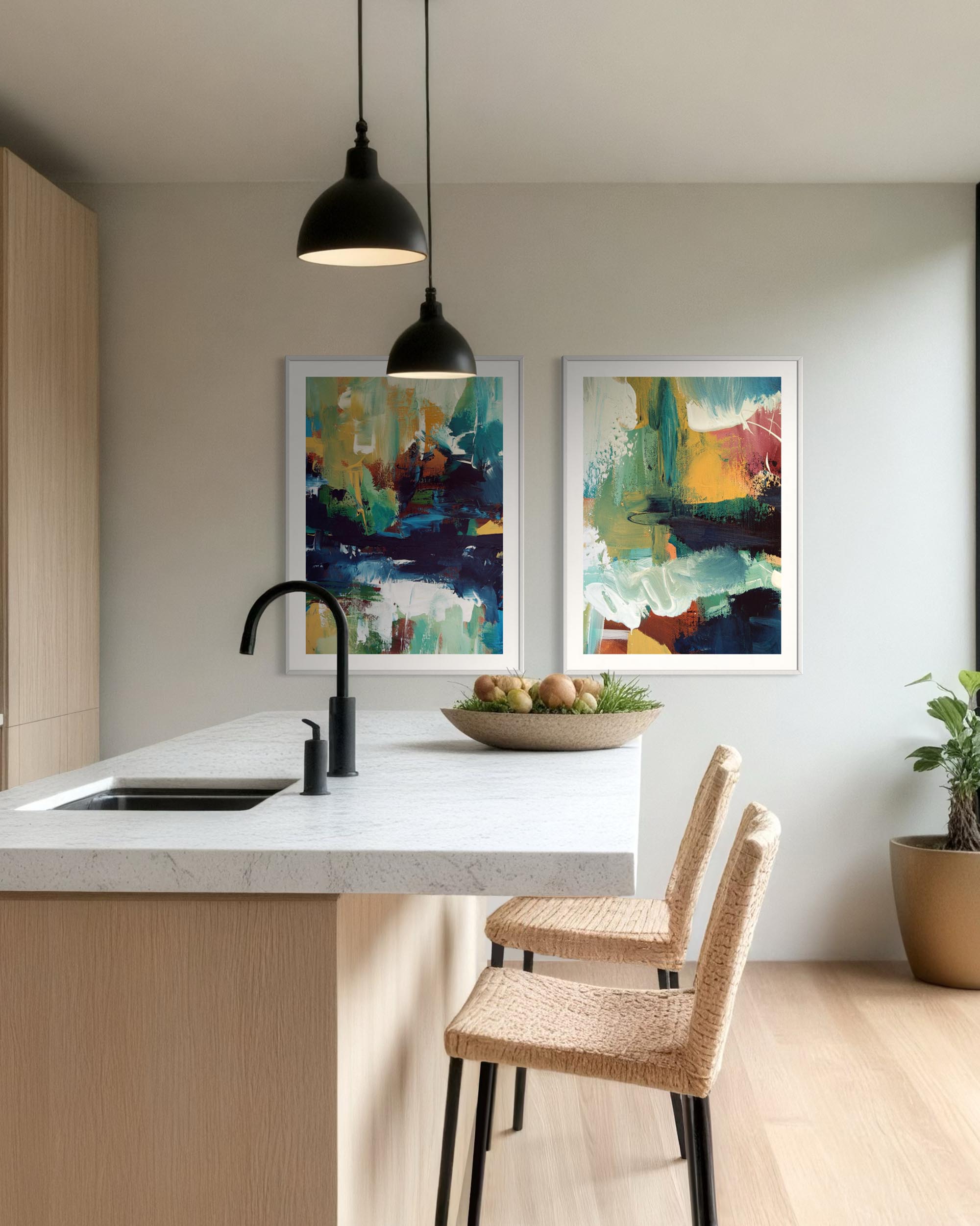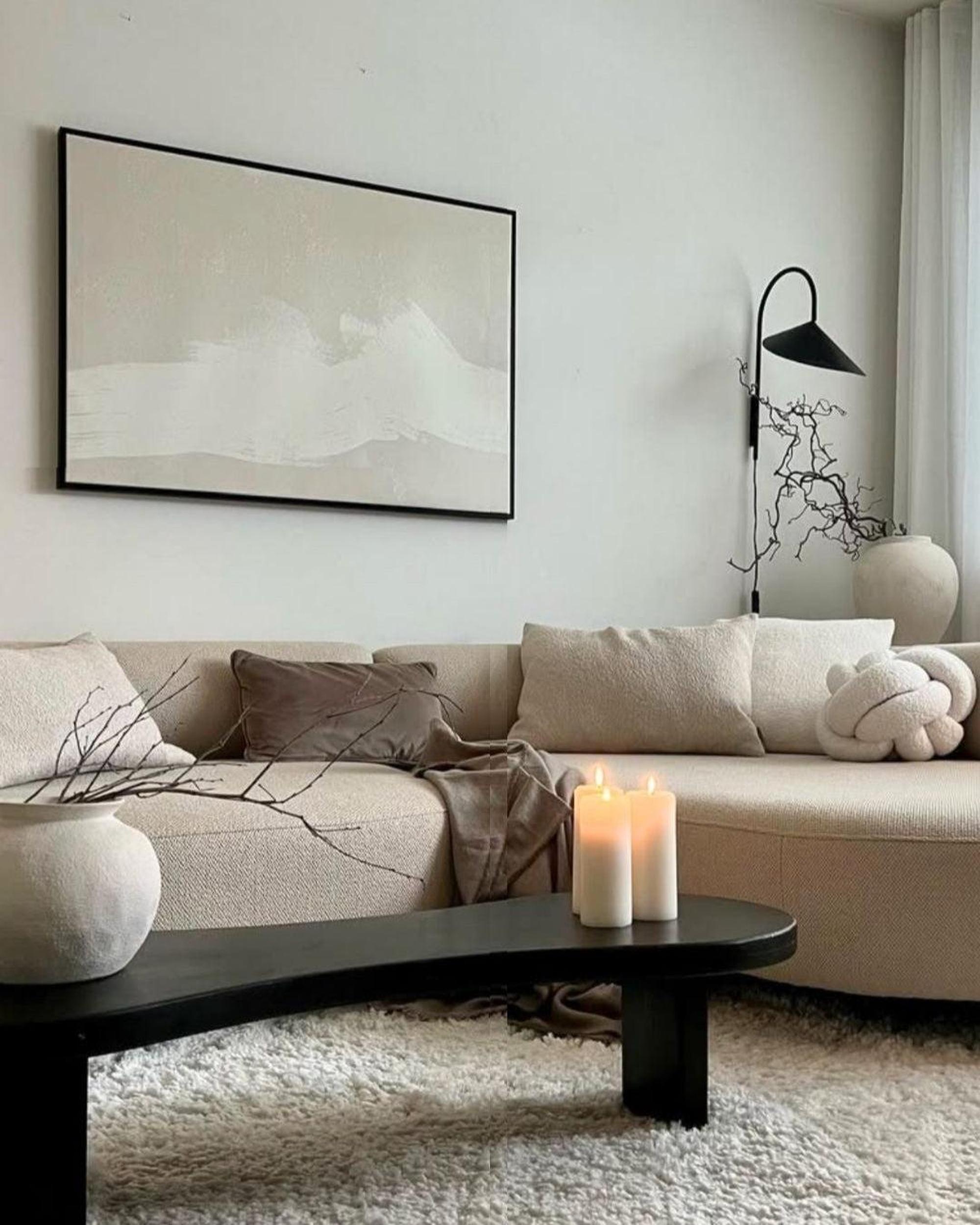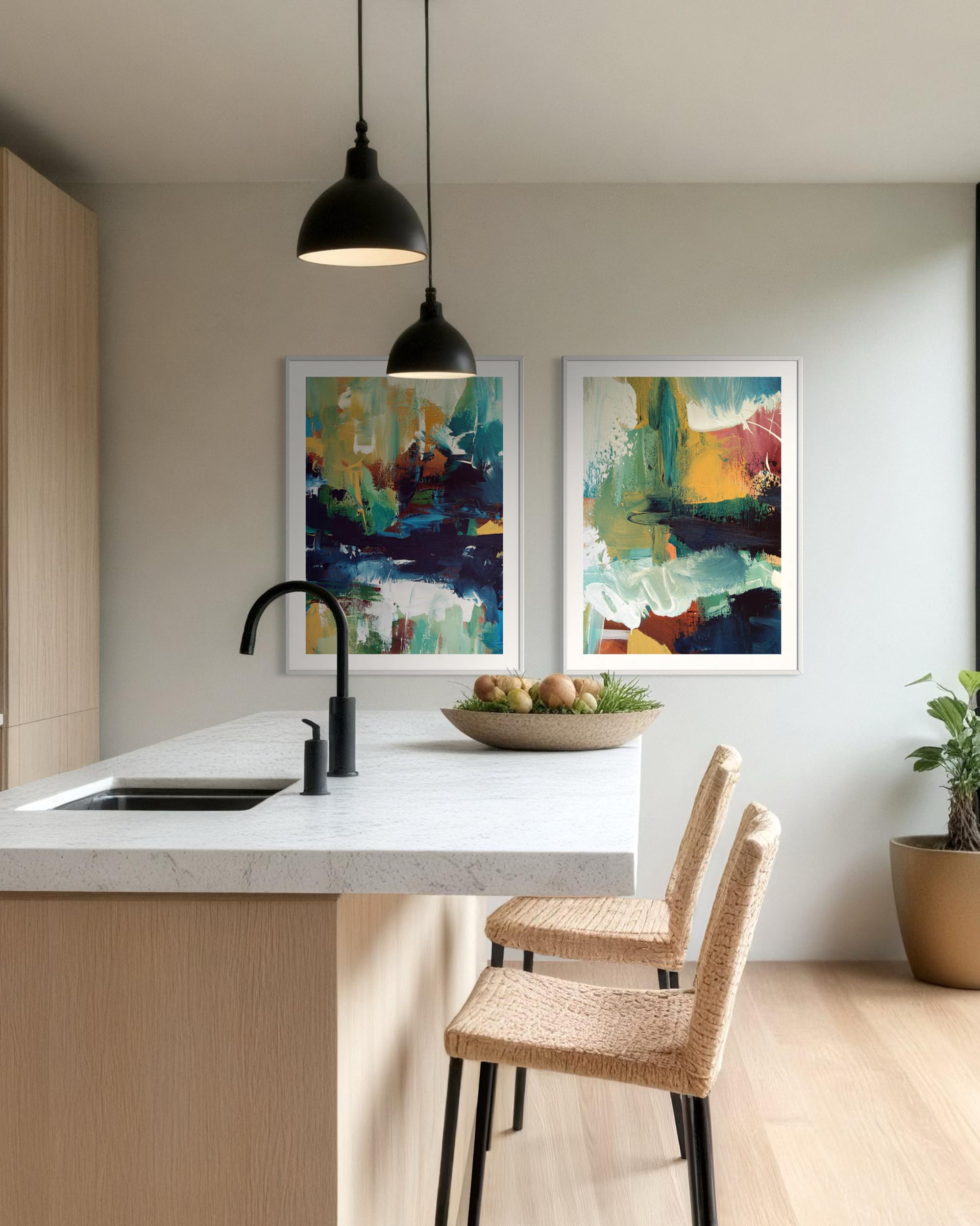The digital age has revolutionised countless industries, and the fine art world is no exception. Once confined to galleries, auction houses, and museums, fine art has found a vibrant home online, making it more accessible to art lovers and collectors worldwide. The fusion of technology and art has not only changed the way we acquire and appreciate art but has also transformed how artists showcase their work. This article explores the evolution, benefits, and considerations of engaging with fine art online.

You can now view the artwork in your room using our new advanced technology at Abstract House.
The Evolution of Fine Art Online
Fine art’s journey into the digital space began modestly with the emergence of websites showcasing artists’ portfolios and galleries experimenting with virtual exhibitions. Over the past two decades, this trend has expanded exponentially, fueled by advancements in technology and shifts in consumer behavior.
Online platforms now offer everything from high-resolution images of masterpieces to immersive virtual reality (VR) gallery tours. The integration of augmented reality (AR) allows buyers to visualise artwork in their homes before purchasing, creating a seamless blend of traditional appreciation and modern convenience.

Benefits of Buying Fine Art Online
-
Accessibility and Convenience The internet has broken down geographical barriers, allowing art enthusiasts to access works from artists and galleries worldwide without leaving their homes. Whether you’re in a bustling city or a remote village, fine art is just a few clicks away.
-
Diverse Selection Online platforms often feature a vast array of styles, mediums, and price points, catering to both seasoned collectors and first-time buyers. This diversity ensures there is something for everyone, from classic oil paintings to contemporary digital art.
-
Transparency Many online galleries provide detailed information about artworks, including dimensions, materials, and artist backgrounds. This transparency helps buyers make informed decisions and fosters trust between sellers and collectors.
-
Affordability By eliminating the overhead costs associated with physical galleries, online platforms can often offer more competitive pricing. Additionally, emerging artists can showcase their work without the need for expensive representation.
Challenges and Considerations
While the online art market offers numerous advantages, it also presents unique challenges:
-
Authenticity and Provenance Ensuring the authenticity of artwork is crucial in the online realm. Buyers should seek platforms that provide certificates of authenticity and detailed provenance records.
-
Physical Interaction Viewing art on a screen cannot fully replicate the experience of seeing it in person. Factors such as texture, scale, and colour may differ slightly in digital representations.
-
Shipping and Handling Safely transporting fine art requires careful planning and expert handling. Reputable online platforms often partner with specialised logistics companies to ensure safe delivery.
Abstract House: A Case Study in Excellence
Abstract House stands out as a prime example of how to excel in the online fine art space. Offering a curated selection of original artwork, limited-edition prints, and custom framing options, Abstract House bridges the gap between quality and convenience. Their focus on sustainability, including eco-friendly materials and packaging, aligns with the values of modern art enthusiasts.
Abstract House’s commitment to high-resolution imagery, detailed descriptions, and customer-focused services makes them a trusted name for those venturing into the online art market.
The Future of Fine Art Online
As technology continues to advance, the online fine art market is poised for further innovation. Developments in blockchain technology could enhance transparency and security, particularly in verifying authenticity and ownership. Artificial intelligence (AI) may offer personalised recommendations, revolutionising the way collectors discover new works.
The integration of interactive technologies such as AR and VR will likely deepen, providing richer, more engaging experiences for art enthusiasts. Additionally, the rise of digital art and NFTs (non-fungible tokens) introduces exciting new possibilities for artists and collectors alike.
The shift to online platforms has democratised the fine art world, making it more inclusive and accessible than ever before. Whether you are a seasoned collector or a curious beginner, the online realm offers an unparalleled opportunity to explore, appreciate, and acquire fine art. As platforms like Abstract House continue to innovate and prioritise customer satisfaction, the future of fine art online looks brighter than ever.




